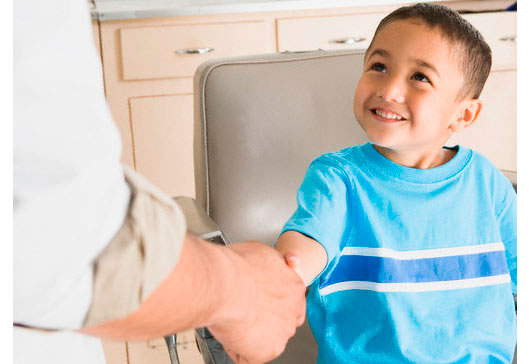Adam Walsh. That was the name of the boy who woke me up to the reality of children being abducted and killed. Adam Walsh was abducted from a Sears store in Hollywood, Florida on July 27, 1981. He was just six years old.
Two years before Adam Walsh disappeared, Etan Patz went missing. These two highly publicized abductions led to the placing of photographs of missing kids on milk cartons and the passage in 1984 of the Missing Children’s Assistance Act, which established a national clearinghouse of information about missing and exploited children. National Missing Children’s Day (May 25) was established in 1983.
At the time I had just moved to Miami, Florida from Mexico City and news of Adam Walsh’s abduction was on TV every night. It was shocking. For me, it seemed alien. I was 16 years old. When I lived in Mexico City, we ran wild without adult supervision. We did whatever we wanted in our neighborhood, and later, my friends and I took public transportation into town and hitchhiked just about everywhere we wanted to go, and at all hours, too. I hitchhiked to school in the mornings and coming back home from parties or the movies late at night.
Read Related: Teach Kids How to Fight Possible Abduction
The Adam Walsh case took a long time to be resolved, and like the Jon Benét Ramsey case, Adam’s father was briefly a suspect. Soon after his disappearance, Adam Wash’s severed head was discovered in a Vero Beach canal. A drifter and serial killer named Ottis Toole was eventually convicted of the murder, but the case was not officially closed until 2008. To this day I remember seeing Adam’s father on the television news, begging for help from the public in finding his son. It was heartbreaking.
According to the U.S. Department of Justice, 2,185 children younger than 18 are reported missing each day. That’s 797,500 children each year. A 2002 report says 203,900 were victims of family abductions while just over 58,000 were non-family abductions, and 115 were victims of ‘standard’ kidnappings that tend to end in ransom, sexual abuse and murder.
IF IT HAPPENS TO YOU
The first 48 hours after a child disappears are the most crucial. Parents need to act quickly. It is vital to immediately report the missing child to local law enforcement officers and have them enter your child’s information into the National Crime Information Center, Missing Persons File.
Do not touch anything in your home or your child’s room, and wait for investigators to arrive. Most important, give recent photos of your child to be distributed, and give investigators detailed information about your child, not just a description, but habits, places he likes to go, as well as information on family and friends and anyone who might have an interest in the child, especially neighbors or acquaintances who have recently come or left the area. For a complete booklet on what to do if your child is missing check out the government’s missing children website.
IF YOU FIND A MISSING CHILD
Alternately, if you feel you have come in contact or seen a child you believe might be a runaway, or that might be being held against his will, you can check out the missing children database at the National Center for Missing & Exploited Children and contact them with any pertinent information.
Now that I’m a father, I still think about Adam Walsh and all those little kids who never came home. And I wonder what I would do, how I would react if something like that were to happen to my own son. It’s truly the unthinkable—something no one can ever really plan for or expect. But knowing how to act, and act quickly, could keep a nightmare from turning into a tragedy.












